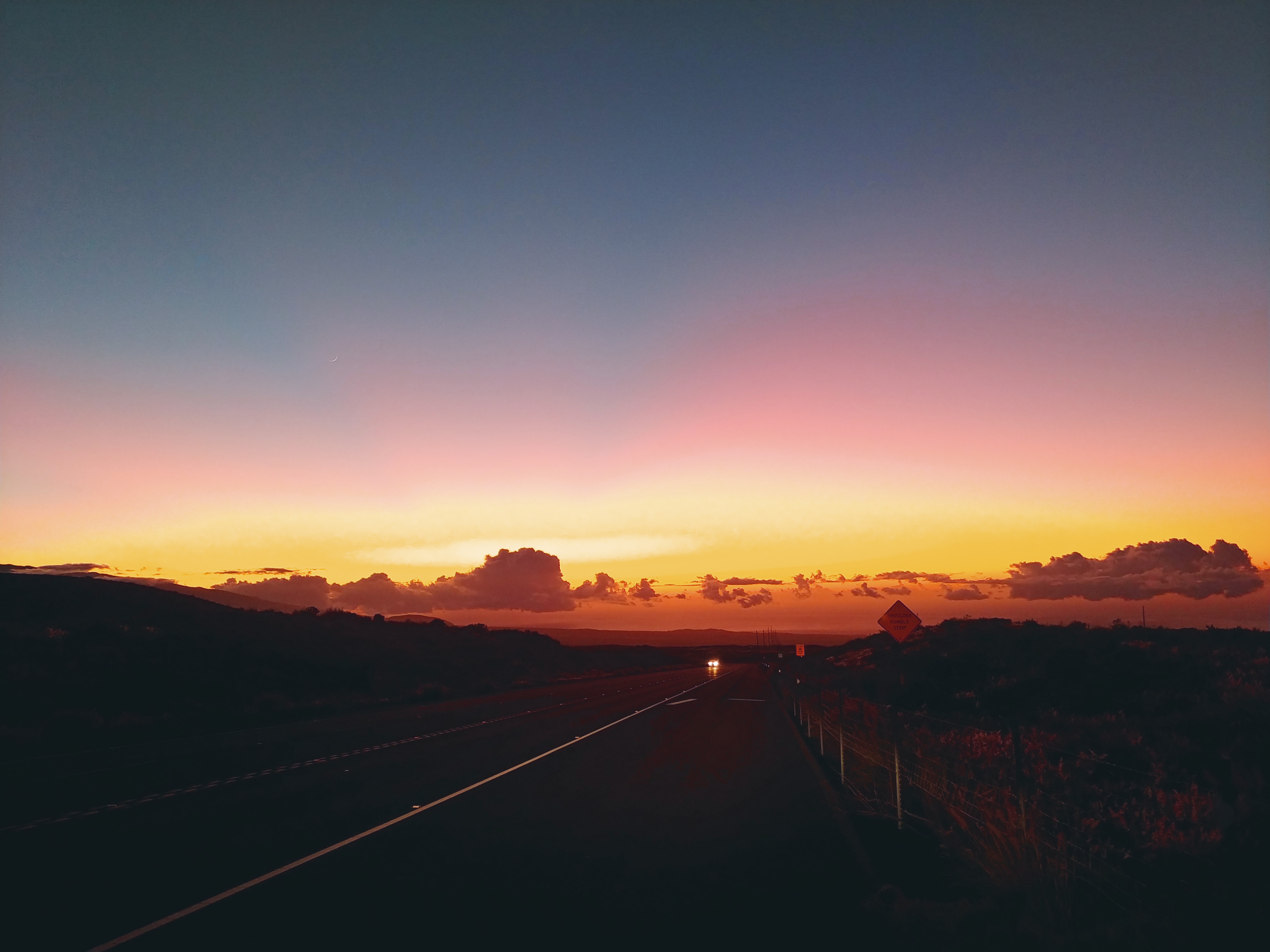
Luckily, the historic June flooding did not prevent us from visiting Yellowstone National Park in July, just in time for the 150th anniversary of the park. The northern entrances of the park are closed, but the roads within the park are still open, allowing us to tour both the north and south loops. We only had two full days to enjoy this 2.2 million acre preserve. The diversity of the landscape was awe-inspiring, from swollen rapids to undulating waves of summer grass and meadow flowers. This was my first time visiting the states of Idaho, Wyoming, and Montana. With each new wonder, I found myself feeling grateful that Ulysses S. Grant and Congress chose to preserve this area in 1872, preventing private development from ruining this spectacular landscape in the name of “progress.” It occurred to me that this is the heart of America, something to unite us beyond political rhetoric and competitive interests.
On the first day, we entered from the West Entrance and drove through the northern loop, following the Madison and Gibbon rivers past various hot springs and geysers. Malodorous steam billowed from the open vents and we grinned like fools with each whiff. Sometimes the smell was overpowering, like sulfur and hard-boiled eggs. At other times, I was reminded of a fresh pot of pinto beans simmering in a southerner’s kitchen. This is the first bubbling spring we came upon.




Within the first fifteen minutes of entering the park, we drove past a herd of grazing elk and dozing bison. We saw dozens of bison in the park, some gathered in groups and others wandering solo along the roadsides. Their numbers have dramatically increased over the years, currently totaling around 5,000 within the park. As I watched the animals grazing, I imagined the tribal communities so dependent upon these animals for survival. Hunter-gatherers have traversed this landscape for over 11,000 years. The Shoshone, Nez Perce, Blackfeet, and dozens of other tribes called Yellowstone home before 1872. Over fifty quarry sites have been documented at Obsidian Cliff, where the black volcanic glass was prized for making arrowheads and spear tips. Indigenous tribes from as far away as Ohio came to Yellowstone to mine this precious resource.



There is a rainbow of vibrant colors within the park. Snowy white mineral deposits, bright orange thermophiles (organisms that thrive in the extreme temperatures of the hot springs), cerulean springs, and silvery-green sagebrush. There are meadows of sunny yellow arrowleaf, pink bitterroot, Indian paintbrush, and purple lupine. The park rangers set up a tent near the visitor’s center which had tables full of pelts from various animals; the rough fur of a black bear, the matted russet shag of a bison, the wiry multi-colored hair of a wolf. I thoroughly enjoyed walking along the boardwalks which meander through Mammoth Hot Springs Terraces.



On our second day at the park, we reentered at the west entrance and followed the southern loop around the Fountain Paint Pots and Grand Prismatic Spring. There were hoof prints running through the bright orange thermophiles surrounding the spring. We followed the Yellowstone River down to Yellowstone Lake, where the beach was covered in shards of shiny obsidian.





Of course, no trip to Yellowstone is complete without a visit to Old Faithful. We arrived just in time for an eruption, which was briefer than I expected. Our friend Stag worked at Yellowstone in 1969 and tells us he is a bonafide member of the IPIOF club. In case you are wondering, that stands for I Pissed in Old Faithful!
Visiting Yellowstone National Park was an amazing experience that I am incredibly grateful for and yet it has filled my mind with ponderings I have yet to reconcile. I felt unexpectedly proud as I listened to other families chattering excitedly in dozens of foreign languages all around us, knowing that people come from all over the world just to experience this place. I hope they left with a positive feeling about America, one that supersedes the negative impressions given by public media. But another part of me was beset by deep feelings of regret and American guilt. I wonder if other Americans feel this way. Our enjoyment of this place comes at the expense of the indigenous people who populated this area for thousands of years. And though the national parks service has gotten better at acknowledging this, it is still a mere footnote in the publications handed out at the gates.
After seeing Old Faithful, I was excited to visit the Yellowstone Tribal Heritage Center. I watched Gwendolyn B. Carter of the Nez Perce tribe give a brief demonstration of traditional foods. The center offers weekly demonstrations of beadwork, dance, drumming, storytelling, etc., from various tribal members, which is certainly a commendable start. After the demonstration, I expected to see more exhibits about the indigenous peoples of Yellowstone, with artifacts and such. However, the rest of the building was dedicated to the history of white photographer Frank Haynes, along with a gift shop of standard Yellowstone tchotchkes. A recent news release says that tourism to Yellowstone creates $834 million for the local economy. And I couldn’t help but wonder how much of that money benefits the Nez Perce tribe directly, of whom there are only 3,500 people left. How much Yellowstone money directly benefits Mrs. Carter, who so proudly displayed the intricate craftsmanship of her great-grandmother’s huckleberry-gathering basket?

